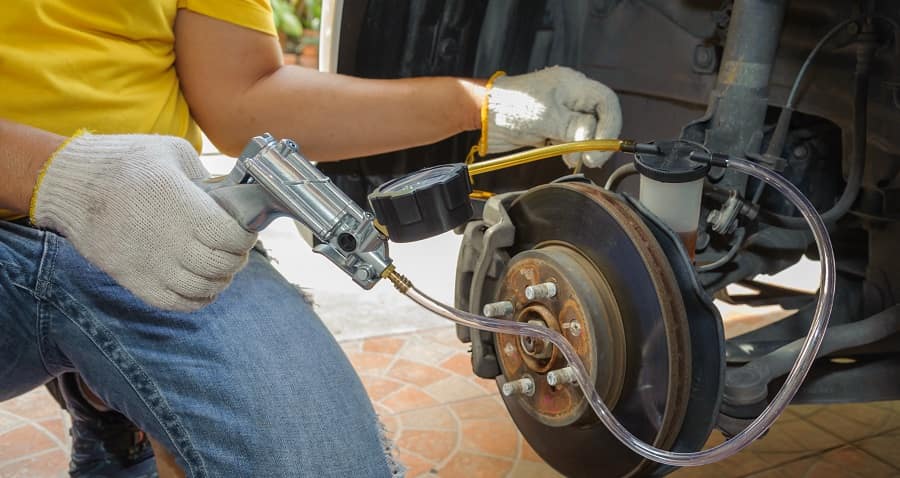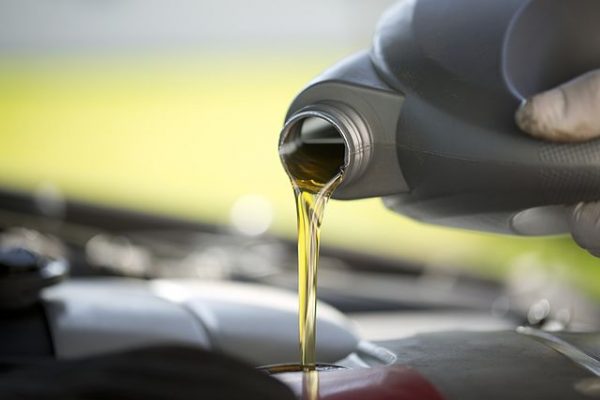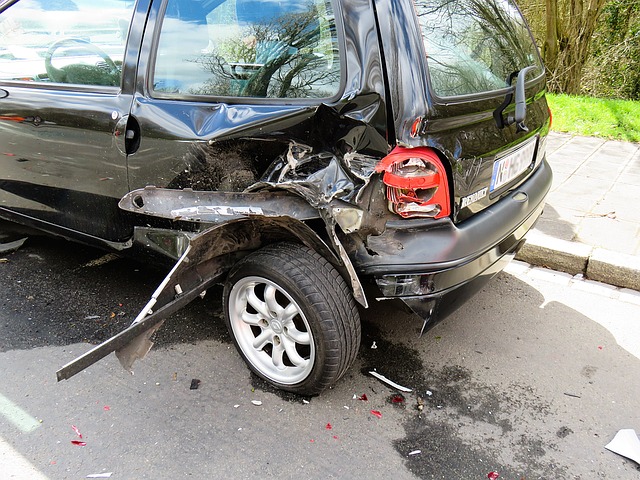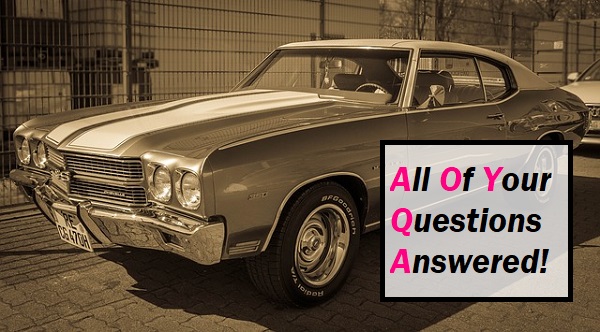If you have an older car, then one of the things that you may have to have done is bleeding the brakes. But can you save money on the repair costs by bleeding your brakes yourself? With a little bit of knowledge, you actually can.
But you first have to know how to tell when your brakes need bleeding and what sort of tools and information you’ll need to do the work yourself.
The Signs Of Brakes That Need Bleeding
There are signs that your brakes could require bleeding, and they are connected with the replacement of brake pads. Obviously, if you hear a grinding sound when you are using your brakes or if the brake goes to the floor when you stop at lights, then replacing your brake pads might be a really good idea. But if you have recently replaced your brake pads and you still get a spongy feeling in a brake pedal that tends to go lower than it should, then you probably need to bleed your brakes.
The Mechanics Behind Brake Bleeding
The reason that brake bleeding is required is directly linked to the replacement of brake pads.
When the brake pads become too thin, the brake fluid level drops extremely low in the master cylinder reservoir, which causes air bubbles to get pumped into the brake lines.
Unfortunately, even one or two bubbles can cause your brakes to feel springy and spongy.
The process of bleeding the brakes is what gets those air bubbles out of the brake line and returns your brakes to their normal state.
However, you do not just want to get the air out of the brake lines, you also need to replace the brake fluid. You have to replace the old fluid with fresh stuff because it becomes contaminated with dirt and metal particles from the moving parts in the master cylinder due to the space that the air bubbles have provided. It is able to absorb moisture from the air, which lowers the boiling point of the brake fluid. These contaminants must be removed because otherwise the brake fluid will degrade.
If you have antilock brakes then it is even more important that you get rid of the contaminated fluid and replace it with fresh stuff, while bleeding the brakes at the same time to remove the problem. That’s because ABS is much more prone to these contaminants and the effects that they cause than a non-ABS system. This is due to the hydraulic pump that operates at extremely high pressure, forcing lots of brake fluid through very small valves. The foaming that results can make bleeding an ABS system more difficult, but it is still possible. However, the reason that it is vital to bleed the ABS system specifically and replace the fluid is that the particles that air bubbles let in can be extremely damaging to the valves and the pump itself.
With some vehicles, you are going to have to go to a garage, or get your hands on an ABS scan tool to cycle the pump and valves and get rid of the air if you want to bleed the ABS controller. But if you bleed the brakes in the first place, this shouldn’t happen.
Now, let’s get into the process of bleeding your brakes.
You are going to need a few things for this: a wrench that is the same size as the bleeder bolts, a small piece of tubing, fresh brake fluid, a turkey baster and someone to help you.
You will also need to get the vehicle up into the air somehow and remove all four wheels. In some cases, you might not have to remove the wheels, but it depends upon whether you have enough room to use the wrench on the bleeder valves with the tires still on the vehicle.
- First, use the turkey baster to suck the old fluid out of the master cylinder reservoir. Make sure that you are topping off the reservoir with fresh fluid while you get rid of the old stuff and the air bubbles. You don’t want the reservoir to become more than half empty.
- Next, try to loosen the bleeder valves. The best type of wrench to use is a box wrench that fits perfectly. A crescent wrench may strip out the bolt and make it impossible to get off. If you cannot turn the bleeder bolts, you’ll have to replace the brake calipers or the wheel cylinders.
- To bleed the brakes, you’ll use the small piece of tubing with one end over the bleeder bolt and the other in a bottle of fresh brake fluid. This will prevent more air from getting into the brake lines as you work. Make sure that you put something underneath the brake pedal so that it doesn’t go down as far as it normally does.
- You’ll have your helper press on the brake pedal while you turn the bleeder bolt slightly. The brake pedal will sink underneath your helper’s foot while you do this.
- Continue to repeat this process until you see fresh brake fluid (it should be clear) coming out of the bleeder bolt.
- The air will be able to travel past the bleeder bolt, but will not allow air in through the other direction because the other end of the tubing is submerged in brake fluid. This will allow you to remove all of the air.
So there you have it. You know what to look out for. You know what you need to get the job done. And now you know how to do it.
Let us know below how you get on.
For another great guide on how to bleed brakes by yourself check out this great article from Dummies.
Looking for the best air impact wrench for lug nuts? Check out our handy guide!




